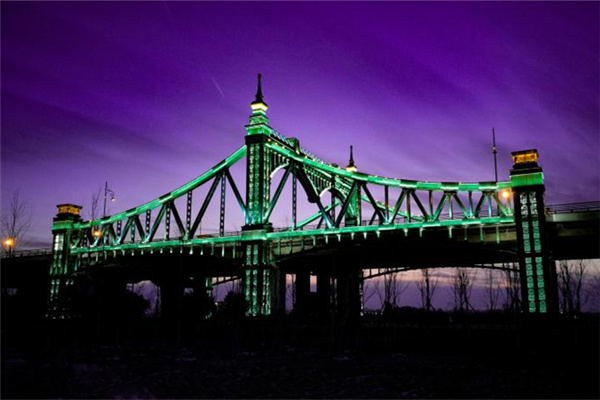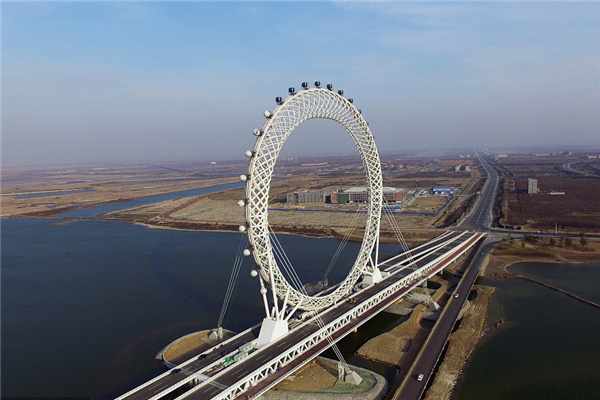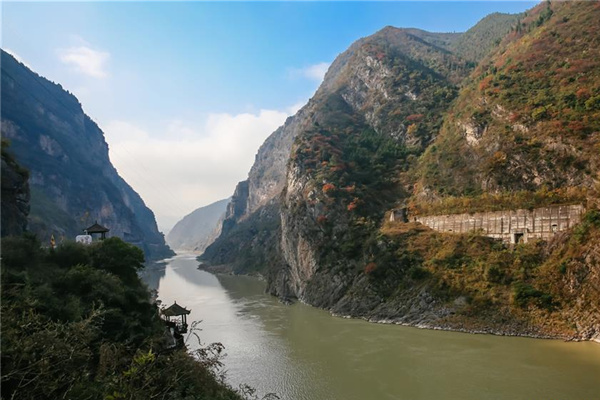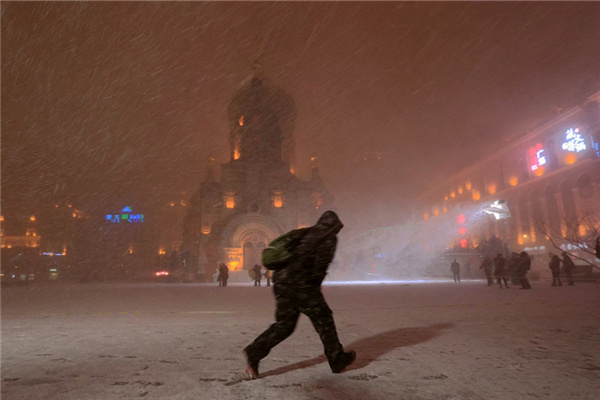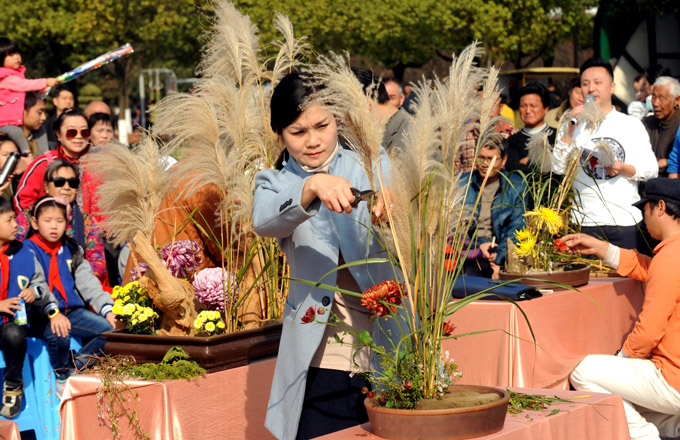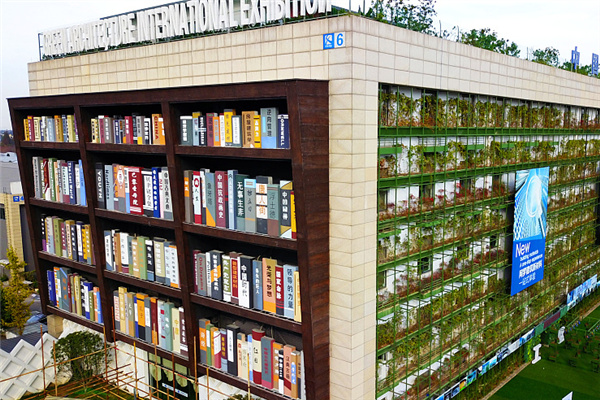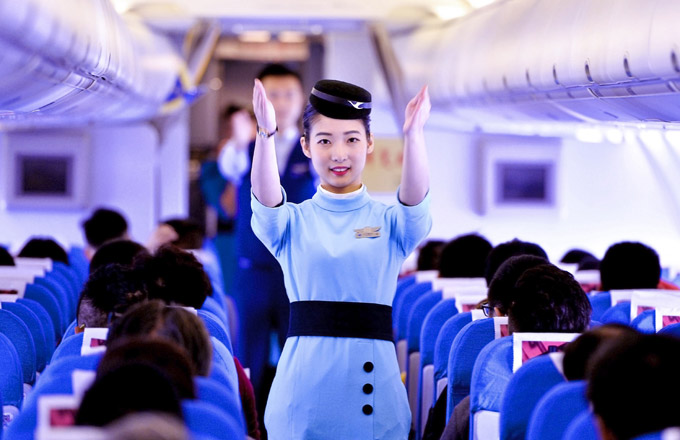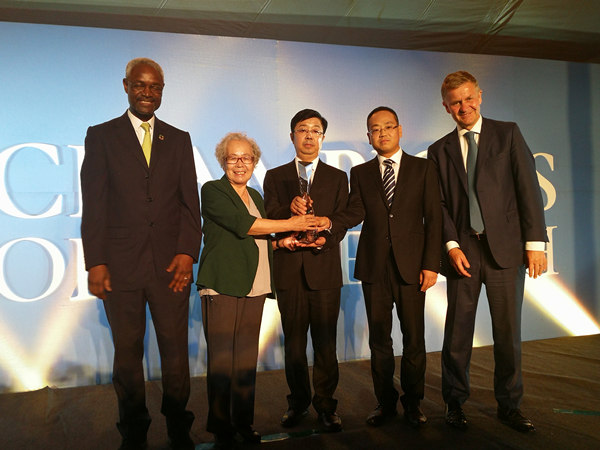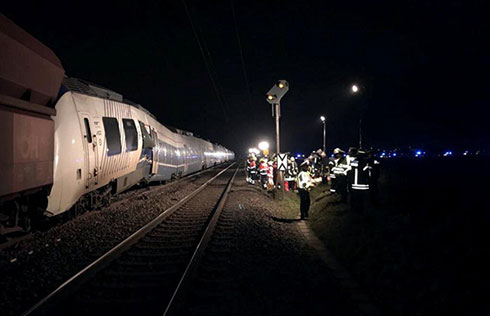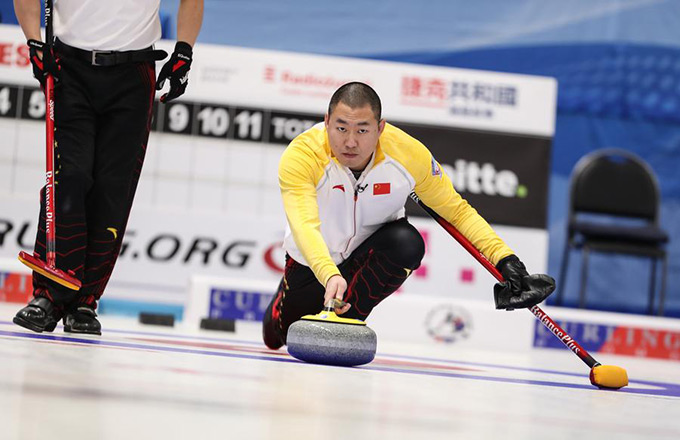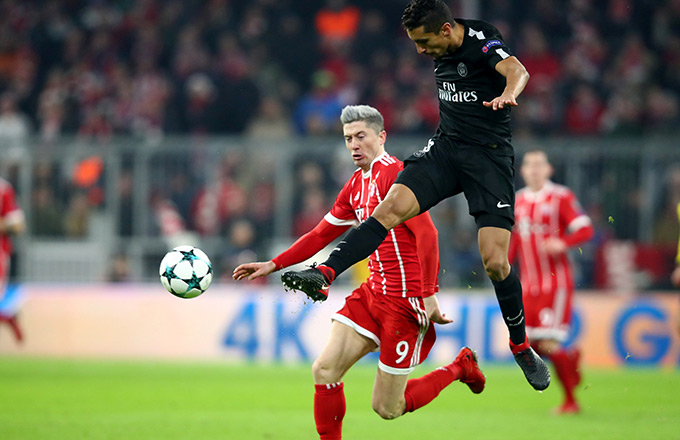

|
Yangluo port in Wuhan is under development. Wuhan, the capital city of Hubei province, is expected to be built into the largest river port in Asia by 2030. CFP |
Authorities in Hubei have announced ambitious plans to build new docks, railways and roads around the provincial capital of Wuhan, a development they said will make the city the biggest river port in Asia by 2030.
The move is part of a plan to speed up the industrialization of the Yangtze Economic Zone to benefit from effective river transportation.
"Hubei's Yangtze Economic Zone, with an area of more than 70,000 sq km, will become a convenient logistics hub of the Yangtze River and Central China, a modern base for a variety of industries and an ecologically friendly home for urban dwellers by 2020," said Zhang Chang'er, a member of the provincial standing committee of the Communist Party of China.
The proposed new Wuhan port comprises 22 districts, covering 173 km.
However, the proposal does not go far enough, according to one observer.
"It should be extended as far as Huangshi, a downstream port district only 70 km from Wuhan, so we can have a greater Wuhan port that smoothly connects with railways and highways," said Wu Xinmu, an economics professor at Wuhan University.
Wu said another challenge is overlapping administrations.
"The new Wuhan port will integrate docks that used to be owned and managed by different enterprises or local administrations. Only through integration can we improve efficiency," Wu said.
The docks are being designed to take advantage of river transportation and also develop local industry with the facilitation of advanced logistics systems.
Benefits to industry
"We manufacture heavyweight power transformers, and the most important transportation means is by river or sea," said Hakan Karadogan, unit managing director of SEC AREVA in Wuhan.
"With the further construction of the Yangtze River transportation infrastructure, we will achieve faster and more reliable shipments of our products," Karadogan said.
SEC AREVA is a leading power transformer provider. The company opened a new factory in Wuhan in May.
"We believe that the plan will be a positive influence for the local economy and for businesses here," Karadogan said.
There are three major docks at the new Wuhan port: an iron and steel dock built for Wuhan Iron and Steel (Group) Corp (WISCO), one of the country's biggest steel makers; a grain dock for the National Rice Trade Center, which is located in Wuhan, and the container dock.
"Hubei has a good foundation of heavy and light industries, but it has lagged behind the development of the Yangtze Delta and the Pearl River Delta in recent years," said Gong Liutang, an economics professor at Peking University.
"Hubei should seize the opportunity for an industrial upgrade and strive to develop industrial connectivity," Gong said.
For example, Gong said, the abundance of rice and fish in the region can become the basis for famous brands in food processing.
"Planting, fishing, sideline production and food processing all have room for improvement, " Gong said.
Wu of Wuhan University said the government should also improve the investment environment and encourage private enterprises to catch up with development.
While striving to develop industrial clusters and extend industrial connectivity, the implementation of the green economy is also high on the agenda.
Yang Mingxing, an official with the Hubei Finance and Economics Office, said the plan will guide and support the green economy and industrial development
More detailed policies will be released later this month, said Yang.
To coordinate the development of the Yangtze Economic Zone, Hubei has organized a steering group headed by the province's governor, Li Hongzhong.
Hubei's Yangtze Economic Zone, which covers 48 counties and cities and accounts for two-thirds of Hubei's economy, connects Wuhan and Western Hubei's eco-culture tourism area.
"Administration of the two entities used to be heavily segmented. Now the Yangtze Economic Zone will play a key role in coordinating the development of these segmented areas," Zhang indicated.
Wu said the regional focus of the plan is not enough.
National support
"Development and environmental protection of the Yangtze River should become a national strategy as important as the policies for western development, rejuvenation of northeastern old industrial bases and the rise of central China," Wu said.
"The central government should attach more importance, and provinces and municipalities along the river should strengthen communications and coordination," Wu said.
In May, Premier Wen Jiabao said the Yangtze River should be fully harnessed to drive the economy along the river.
The Yangtze River, at 6,300 km, is the longest river in China.
The Yangtze River Delta, embracing Shanghai, Hangzhou and Nanjing, is one of the more developed economic areas in the country.
Hubei sits along the middle banks of the river. More than 1,000 km of the Yangtze River run through the province.
Among the 11 provinces and municipalities along the Yangtze River, three - Anhui, Chongqing and Jiangsu - already have launched their Yangtze development strategies.
(China Daily 09/07/2009 page10)
